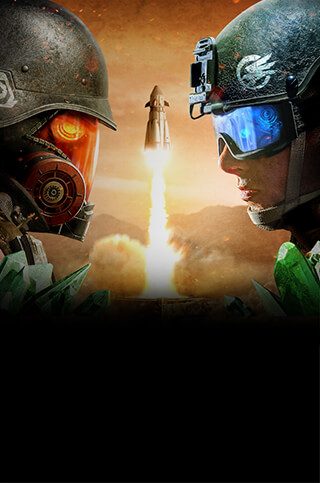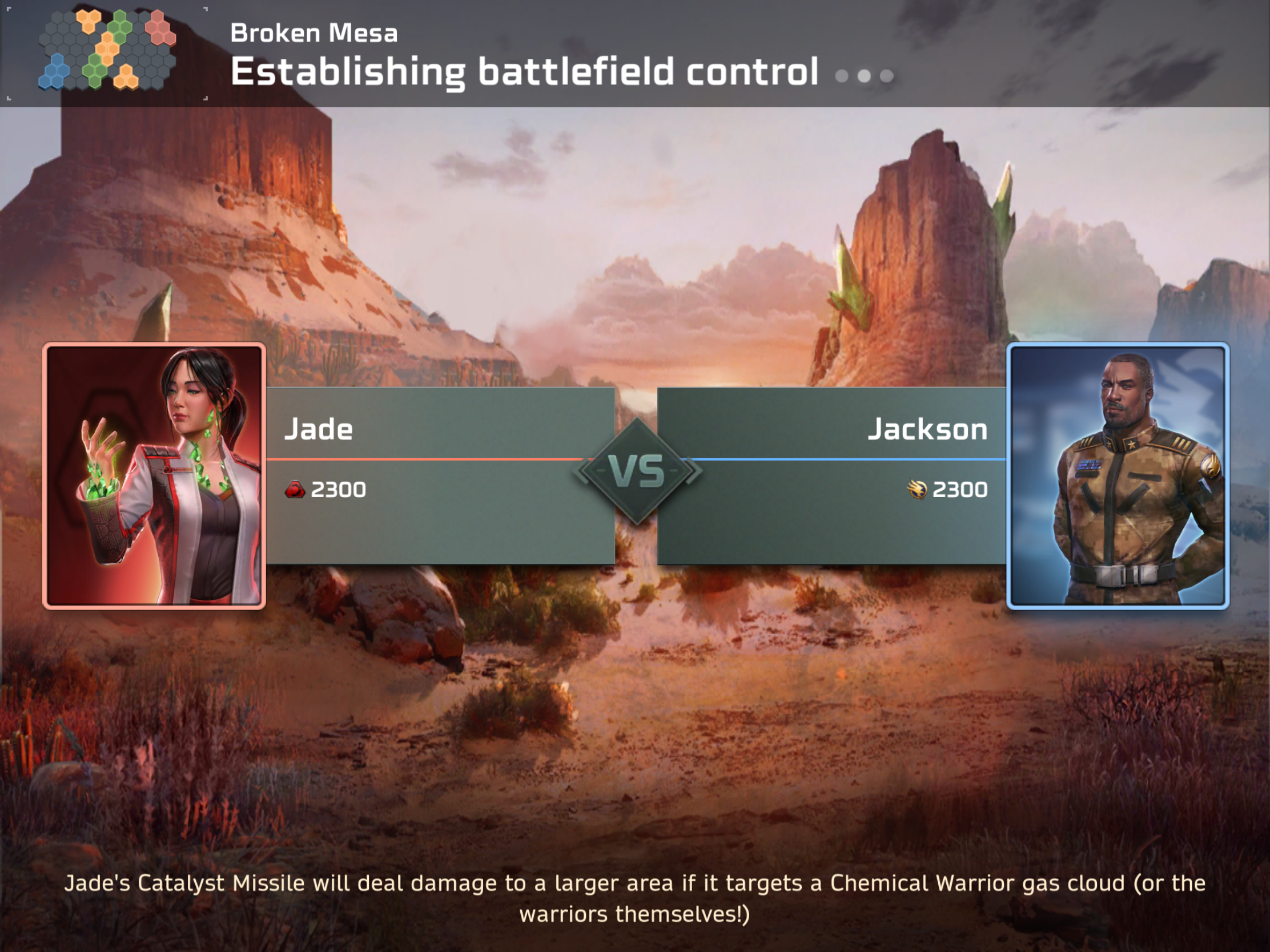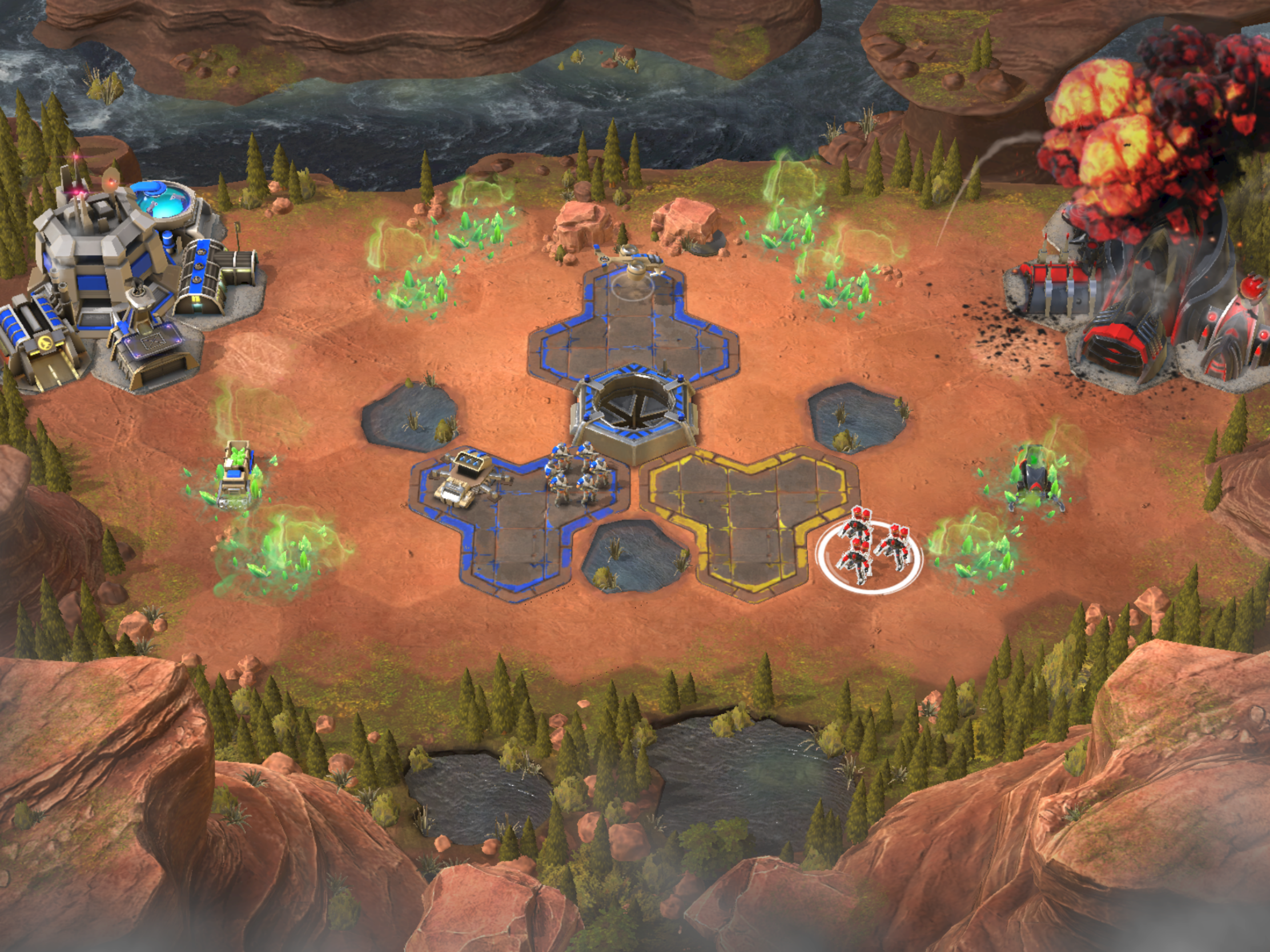In Their Own Words: Greg Black, Command & Conquer: Rivals
Combat Designer Greg Black discusses his return to EA and bringing the Command & Conquer franchise to mobile

Earlier this month at EA PLAY we revealed Command & Conquer Rivals to the world. A historic PC Real Time Strategy franchise, bringing Command and Conquer to mobile was an opportunity to introduce the CnC universe to a whole new generation of players. We sat down with Combat Designer and long-time Command & Conquer fan Greg Black to talk about Command & Conquer Rivals, his history in the video game industry and the genre of real-time strategy games as a whole.
Before we dive into Command & Conquer: Rivals, tell us a little bit about your history in video games. How did you get into the gaming industry?
Well, I was very lucky. Back in 2001 I had a friend who was working on Command & Conquer and they brought me in for some tissue testing on Red Alert 2. When the expansion pack came around, they had some room up in QA and I needed a job at the time. I was almost fresh out of high school. I took a job testing and basically have been working on video games ever since.
Would you say you were always a gamer? Did you feel qualified as a tissue tester?
Oh yeah! I was a huge Command & Conquer fan. My first PC game was Command & Conquer, I grew up with strategy games on the TurboGrafx16. I played a bunch of Military Madness when I was a kid. I played every Command & Conquer game up until that point! I was a huge fan of the franchise. The fact that they were working on Red Alert 2, and I had a love for Red Alert 1—I felt very comfortable coming in and trying that game out and was super excited to do it.
How did you transition from QA to where you are now? How did that journey go?
Initially I started to do some Production work—super low-level stuff like art asset integration. I ended up moving into doing in-engine cinematics for the Command & Conquer Generals games.
Then on Battle for Middle-Earth II, there were some spots opening up. I had always been one of the guys on the team that was really interested in game balance and multiplayer. Some entry-level design spots opened up, and I was approached by a co-worker saying, “I think this is something you would be interested in.”
As I understand it, you left EA and joined Blizzard for 6 years?
I was at EA for 8 years and then I left for Zynga initially. We opened up the LA Studio down there and made a game called Empires & Allies. Then I went to Blizzard to work on StarCraft II, and I was there in Irvine for 6 years.
What brought you back to EA from Blizzard?
Well, I had a friend who told me, “There is this position and you would be great for it, but it’s a mobile game,” the C&C mobile game.
My initial thinking was, “That will not be very good. They should not make that game.” But I never turn down a meeting so I came up for the interview. I also had a phone call with our Creative Director, and that got me interested. The second I sat down, he showed me the game and we started playing. I was immediately struck with the thought, “Oh my gosh, these guys have actually figured something out that’s really great!”
I was very skeptical coming in that this would be something I wanted to work on. But as soon as I saw the actual game, I was really smitten by it. The game was really exciting, and I decided that it was a product I felt I could have a big impact on—it’s really near and dear to my heart.
What spurred the decision to bring Command & Conquer back to mobile as opposed to PC?
When the iPad first came out you looked at it and you’re like, “This would be a great thing to play a strategy game on!” It has been a long time since then and nobody has really made a good RTS on mobile devices. I think we are looking at where the players are now. There are a ton of people playing strategy games on mobile, but none of them are really getting that true RTS experience.
We think that by building that true RTS experience on the mobile, we can introduce potentially more people to this genre that has kind of stagnated for a little bit on the PC. We know that real-time strategy games are special and awesome, and this is a way to get that experience into more players’ hands than we otherwise would be able to on the PC.

Once you got your hands on Command & Conquer: Rivals, your earlier skepticism went away. What was it exactly that you saw when you got into the nitty-gritty?
Well to get into the nitty-gritty… Once I saw the impact the hexes have on unit control—the ability to precisely control where your units are going in a way that if my finger is one pixel off, it doesn’t screw the whole thing up. That was really exciting for me! It felt like a real RTS experience, boiled down to this 5-minute segment.
The fact that there were harvesters in the game, that there was an economy where you could actively harass, you could build or not build depending on what you wanted to do in the game. I have played other mobile strategy games that are not RTS in the way that I think of one. You don’t have direct unit control, you don’t have as much economy, manipulation -things like that, which Command & Conquer: Rivals did. So for me, that was very exciting because it felt like a 40-minute Command & Conquer or StarCraft 1 v. 1 battle boiled down to three, four, or five minutes.
What would you say are some of the core elements RTS needs to get right in order to be successful in the genre?
The one big thing is unit control and that’s really hard to do. Having really crisp and precise control of units. Good pathfinding and good collision management are things that on some of our past Command & Conquer games we struggled with. It is something the Blizzard games do really well and I think it’s something that Rivals has done really well.
We are continuing to work on having a lot of tactical depth, in terms of having lots of places where players can skill differentiate from each other. So lots of little micro-tricks, things that you might only do in 1 in 10 or 1 in 100 games—but they are there and you can do them. You can really show how much better you are than another player.
Accessibility is another thing that I think is really working a lot in Rivals’ favor, it is a very intuitive to pick up and play, especially for an RTS game. Having a game you can develop mastery in, but that’s easy to sort of “pick up” is super important.
On the strategic layer, you have a sort of build order, economic decision making: am I going to go with two harvesters? Am I going to go with zero harvesters? Do I want to be super passive and try to build up a big economy so I can end the game with a bunch of heavy units? That sort of economic play style and strategic layer decision-making is really important. Having both of those things in equal proportion is really important for a great RTS game.

How important is pre-Alpha feedback?
Pre-Alpha feedback has been enormously important for us. In terms of the number of games that are getting played every day, the pre-Alpha is many orders of magnitude more than the number of games you can play on the dev team in a month. It has been great watching people sort of developing strategies, creating YouTube videos and things like that.
We are learning about the game from the community and we’re making a lot of rapid changes based on their experiences. I think in the past week, the game has leveled up probably more than it has in the last two months just based on our ability to get feedback from the community.
What would you say to the fans that are hesitant about Rivals?
I would say just give it a try. It’s free to play, there is no reason not to download it (when the game comes out) and give it a shot. I think for a lot of those fans, will find a lot to like here. If you are into the multiplayer, into the heads up 1v1, competitive aspect of RTS, I think this is a really great game for that.
Final Question: Which do you prefer between Nod and GDI?
I’m a Nod guy for sure! I want the sides to be balanced and competitive, but deep down inside I’m always for the red and black.
______________________
Stay in the conversation of all things Command & Conquer: Rivals. Check out their site and follow them on Twitter.

